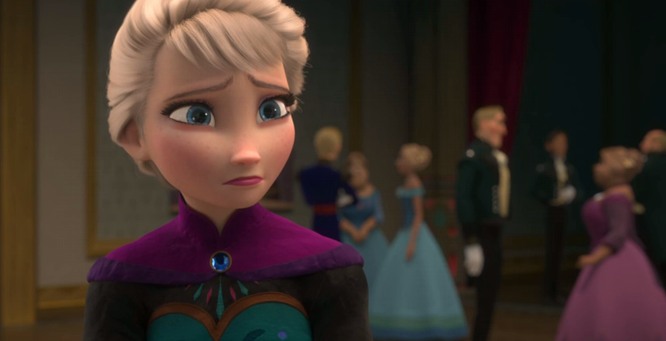Lino DiSalvo recently sat down with The Globe and Mail to talk about leaving Disney and the awkward legacy that being Animation Director on Frozen has had for his career. It’s not surprising that working on the Oscar-winning film had its drawbacks for DiSalvo, who pulled an Ubisoft in a now-notorious 2013 statement where he claimed female characters are “really, really hard to animate” because animators have to “keep them pretty.” But did DiSalvo learn anything from the controversy? The animator told The Globe and Mail:
This is how that day, that situation went. In animation, we have something called a model sheet – examples of who the character is and different angles. What we also have is a range of emotion model sheets showing the characters in different states of intensity – sadness, surprise, angry. Translating that emotional range onto a CG character is one of the most difficult parts of the process. Male. Female. Snowman. Animal. Everything that was taken out of proportion was taking what I just said there and being misrepresented as only female characters have emotion so it’s difficult, which was totally bogus. If you see the movie, it’s obviously not correct. The really sad thing is people took that, had that catchy headline and they just repopulated it everywhere. People didn’t get back to me for comments and the sad thing is that’s the way the internet works. They don’t want the truth. They want this catchy kind of headline instead of if you were in the room and you saw the images I had behind me of Kristoff going through his emotional range. That is a difficult part of the process. It’s not difficult because they’re girls. It’s difficult because when you’re exploring animation and getting characters to look unique like Olaf, doing that range of emotion test and trying to identify what that emotion is is very, very difficult. It’s what the DNA of the character is. It’s what’s going to make that character unique to other characters.
To recap, here’s the 2013 statement that DiSalvo was addressing:
Historically speaking, animating female characters are really, really difficult, because they have to go through these range of emotions, but you have to keep them pretty and they’re very sensitive to — you can get them off a model very quickly. So, having a film with two hero female characters was really tough, and having them both in the scene and look very different if they’re echoing the same expression; that Elsa looking angry looks different from Anna being angry.
I doubt DiSalvo’s new statement will do anything to redeem him in the eyes of his critics, since in defending himself the animator sidesteps the very part of his initial quote which many people took offense with–the idea that female characters “must be pretty” above all else, regardless of what point they’re at in their emotional journey, and the consequent implication that having two female protagonists is challenging since there’s only one objective ideal of “pretty.” I doubt DiSalvo meant to imply any of those beliefs, but he revealed some of Disney’s biases, regardless–biases which are frankly dangerous for young viewers.
That being said, the full interview is definitely worth a read, and DiSalvo has some inspiring thoughts to share about what it was like working on Frozen and the moment animators knew they had something special on their hands. He has now left Disney for Paramount and the opportunity to direct his own film–for DiSalvo’s sake, I hope sentient sponges are easier to animate.
Are you following The Mary Sue on Twitter, Facebook, Tumblr, Pinterest, & Google +?









Published: Aug 15, 2014 05:05 pm